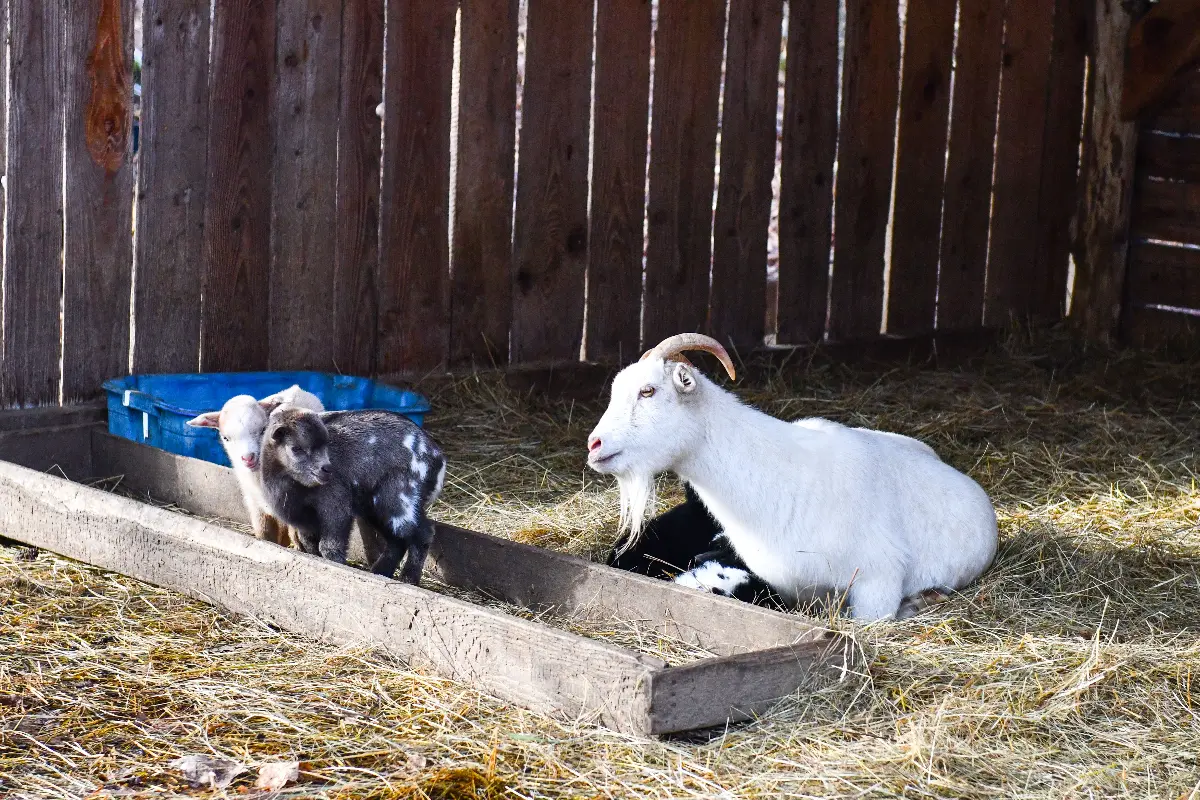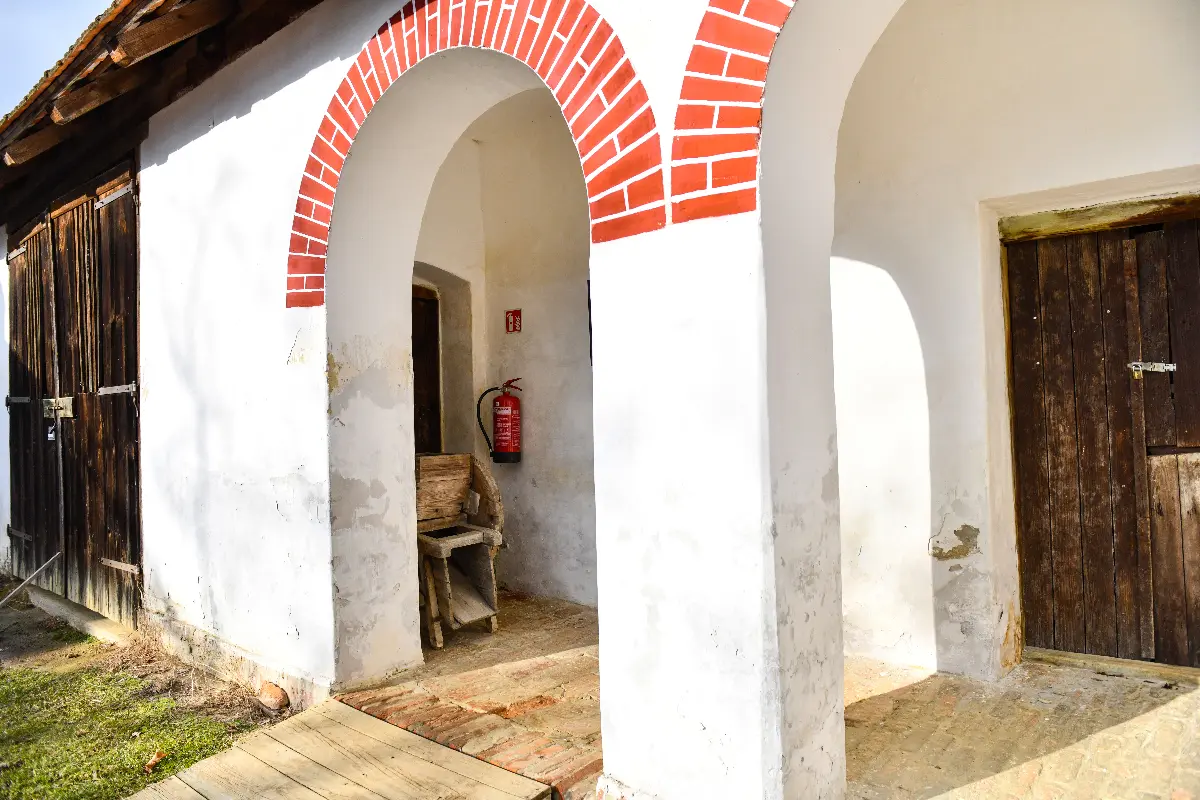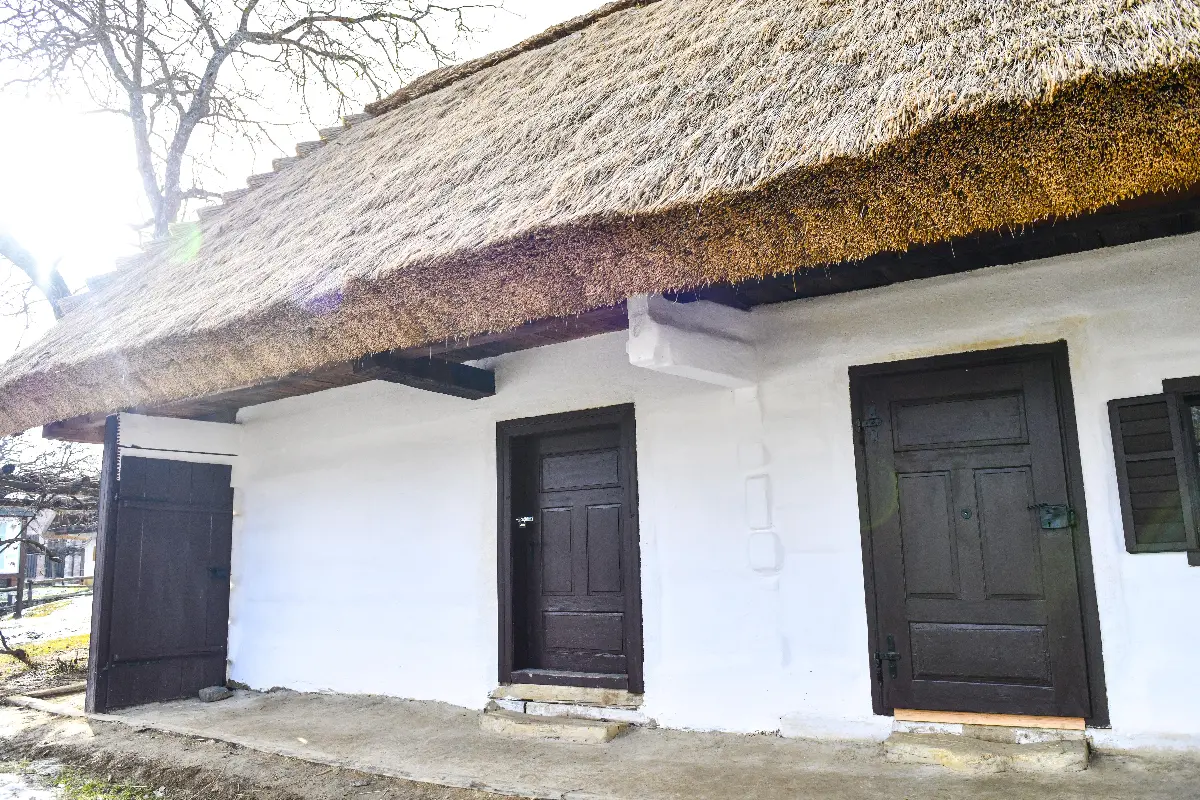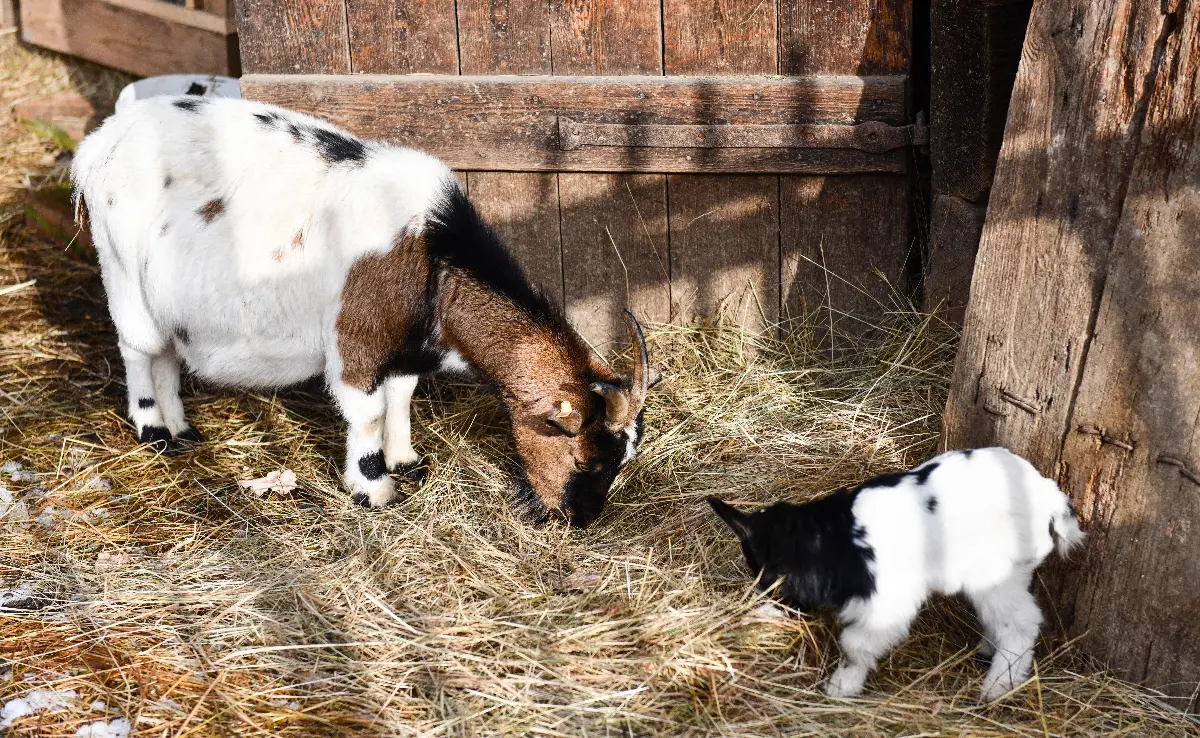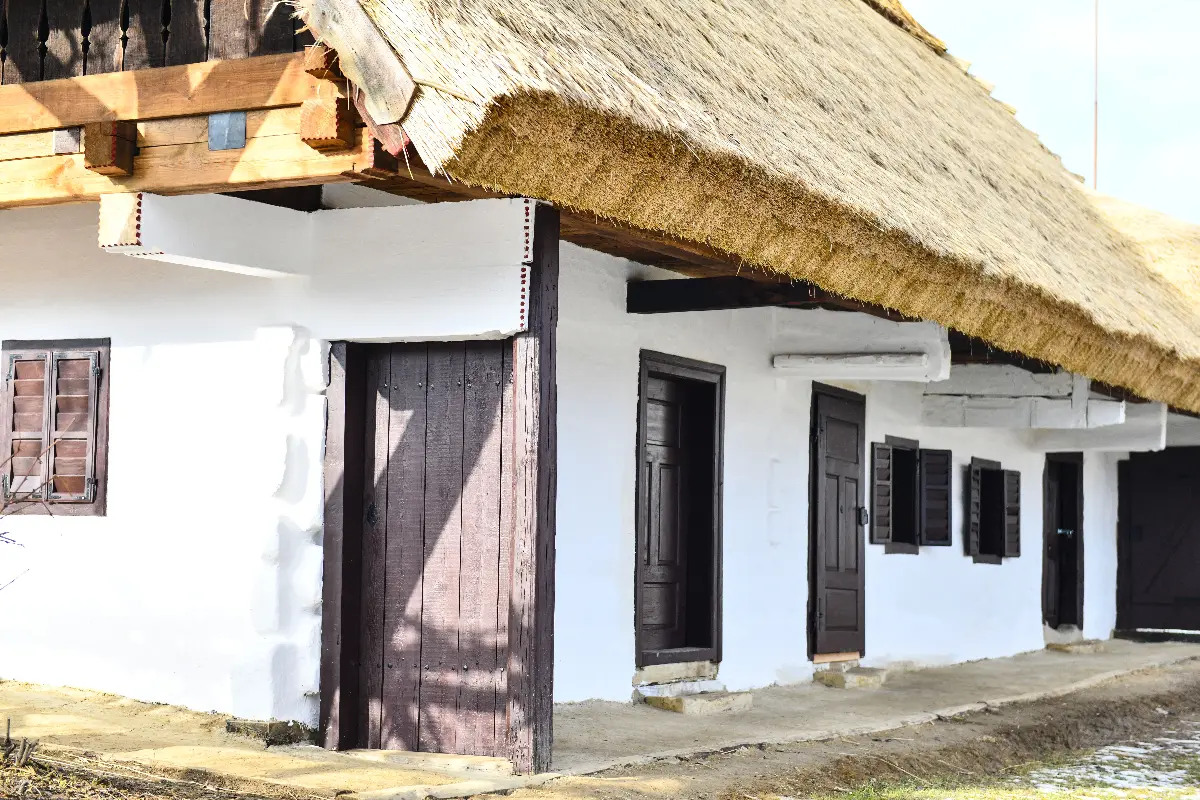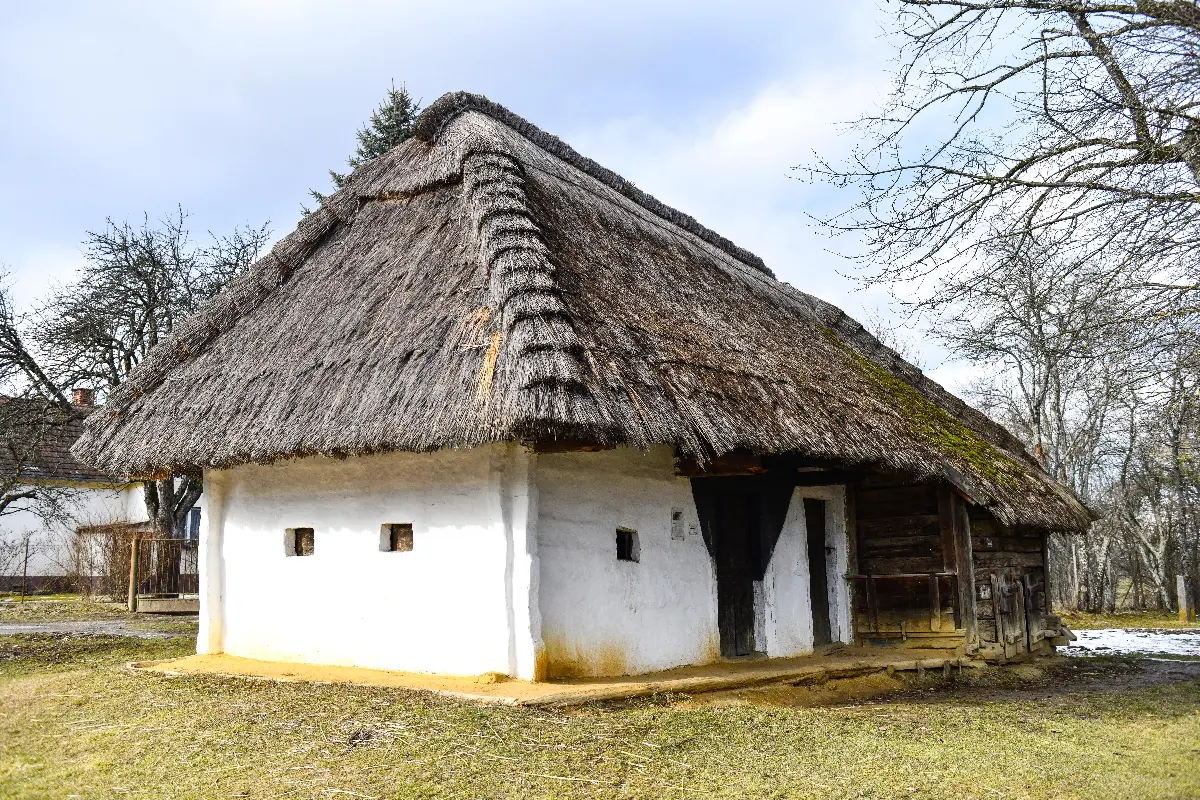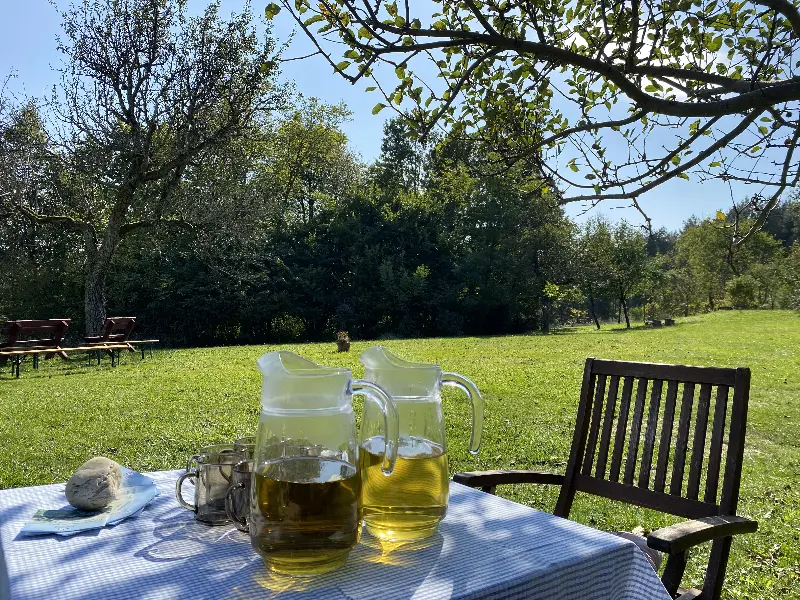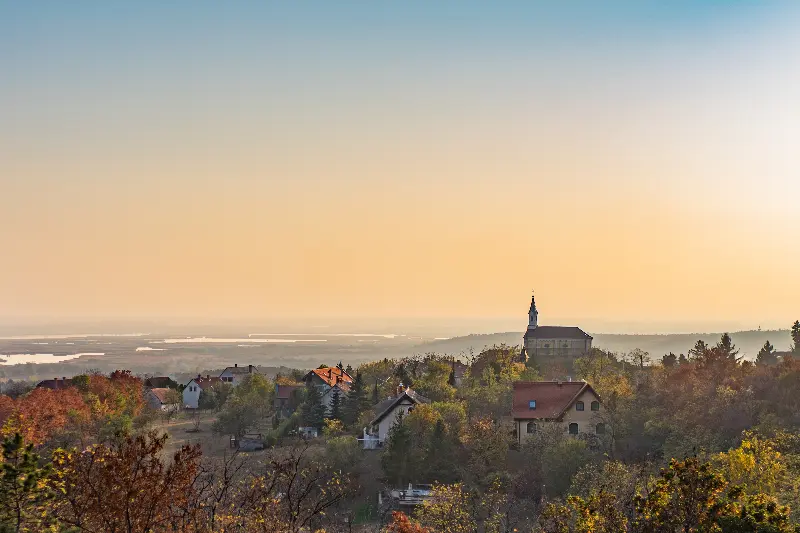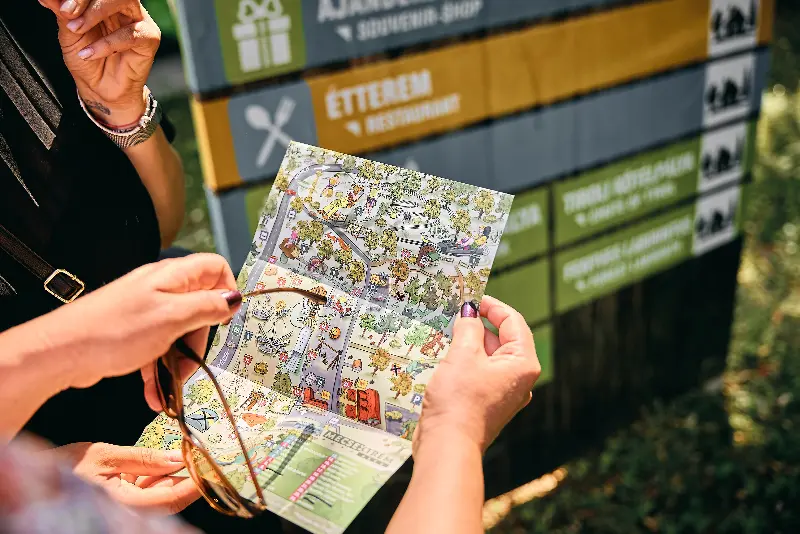
Helyszín címkék:
Wherever you look, you’ll be shocked
Méhész Zsuzsa
‘Szer’-s instead of streets
Wandering around the villages of Őrség, you will realize that their structure is different from the usual. As we descend through the streets of the hilly countryside, the row of houses ends... and then, as we climb back up the hills, it begins again. Are they the same somehow, or have we just stepped into a different village without noticing it? The reason for the disorientation may be the construction in the typical form of Őrség, which is a feature of this landscape. Looking for street signs would be in vain; you will find 9, so-called ‘szer’ parts of the area instead, called Városszer, Alszer, Baksaszer, Kovácsszer, Égésszer, Galambosszer, Keserűszer, Templomszer, Siskaszer.

Originally, families guarding the border region settled in Őrség, as they had a clear view of the area from the higher spots. The families were expanding, and so a network of new houses, barns, storehouses and carriage yards, farmyards and mowing fields was created. But not like a traditional village, rather in a form reminiscent of a bush, not separated by fences. This is an ancient and unique way of living together, the like of which is nowhere to be found in Hungary. The guardians of the border region were called up to this area by the kings of the Árpád dynasty, who gave them the task of protecting it. They have been shaping it ever since.
In a puff of smoke
You can discover the traditions of the Őrség region, the memories of the former folk architecture and way of life by visiting the Pityerszeri Skanzen. This is located in Szalafő and it includes 10 buildings and their associated areas: a fruit garden and two ‘tóka’-s (water pits which the animals used to drink from). The site belongs to the Őrség National Park, whose staff is always enthusiastic about giving a tour around the village museum. The first stop is the oldest house in the area, which is more like a huge shed if you look at its dimensions. It was once home to a large family, but it's a mystery how eight or ten of them could have lived there - as we later learned, the men sometimes spent the night in the barn with the animals. This house didn’t have a chimney yet, so when heated it was warm, but there could also have been a merciless smoke, escaping through some tiny vents to the outside. The structure of the house is made up of thick wooden beams. At the corners of the house, these ‘borona’ beams were laid on large stones and fitted together. The gaps between the beams were filled with moss or clay, and the ‘borona wall’ was then patched and cemented. The roof of the house was then covered with a roofing material.
The adventures of Tom & Jerry
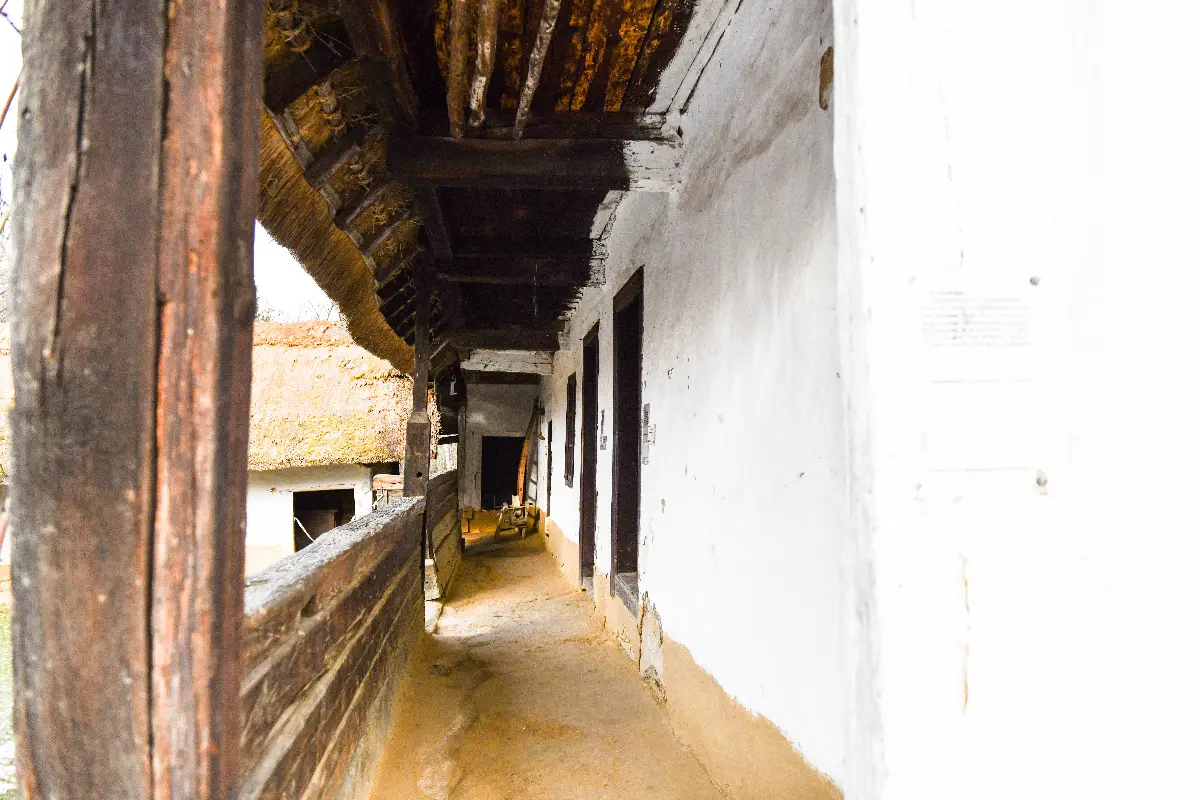
The next farmhouse, with its porch, was certainly built for wealthier people, as it is not only more spacious than the ‘smoke-kitchened’ cottage house, but also has separate living quarters. In the rooms, you can have a look at the objects and furnishing of the people who lived in Őrség 150-200 years ago, as if the owners had been just gone out to the mowing field, for a short time, to collect some hay for the animals.
These families surrounded themselves with more objects - but their wealth is way too far from just piling up unnecessary things: everything had to be practical, useful, and meaningful, mostly needed for work.
Crops, tools, and food were stored in a separate building, called ‘kástu’ (a hut). On the lower level were the grain, cabbage, and wine barrels, as well as vinegar. Other food supplies, fat, sausages, and dried fruit were stored upstairs. It was also important to save the seeds for the following spring. Every family that was self-sufficient had such a pantry, preferably with a cat door, so that the mice wouldn't feel so comfortable.
To get you Healing
The characteristic feature of Őrség is the orchard, which means a special garden for fruits and provided hay for the animals to feed on. In Pityerszer, you can learn about the development of the orchards and their original fruit trees by walking along the educational trail designed by Csilla Gyenes, owner of the Vadvirág Méhes és Gyógyító Kert (Wildflower Bee and Healing Garden). By walking for a few minutes from the Skanzen, you can see buffaloes and Eurasian wild horses grazing, and if you get hungry, we highly advise you to taste typical local dishes such as ‘dödölle’ and strudel with pumpkin and poppy seeds.
